|
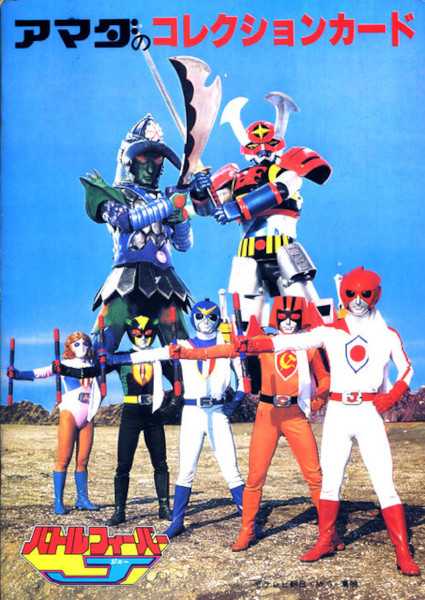  Title/issues:
Battle Fever J (バトルフィーバーJジェー
Batoru Fībā Jē): (3rd February 3 1979-26th January 26 1980) Title/issues:
Battle Fever J (バトルフィーバーJジェー
Batoru Fībā Jē): (3rd February 3 1979-26th January 26 1980)
Where: Japan
Featuring: Battle Fever J
616?: No. Based on crossover stories, they are from
Earth-51778, the same reality as the Toei Spider-Man TV series.
Summary: To follow
Released with dubbing or subtitles in English?: No
Comments: As mentioned above, Toei also began development
on a Japanese version of Captain America, named, unsurprisingly,
Captain Japan. This new series, a co-production with Marvel Comics
in the U.S.A., was originally meant to star Captain Japan with
other heroes only guesting to team up with him, but somewhere
along the line it morphed into the third of Toei's Sentai shows.
Per an interview in Comics Interview with Gene Pelc, then Marvel's
representative in Asia, this was inspired by the Avengers. I've
also read that though Spider-Man had been popular, American comic
book heroes were still largely unknown in Japan, so Toei began to
feel there was little value in directly adapting Marvel characters
rather than making their own characters that they'd retain
ownership of after the Marvel deal ended. Thus the team members
were revised to be skilled specialists from around the world, and
"Captain" was changed to "Battle," as recognized by their alter
egos' codenames: Battle Japan, Battle Cossack, Battle France,
Battle Kenya and Miss America.
That explains the Battle part of the series name,
and J for Japan is fairly obvious, but Fever? It turns out that
Saturday Night Fever was a recent huge hit in Japan, so Fever was
added to the title and each team member had their own distinctive
dance they would perform during team roll calls - Japan's utilized
martial arts, Cossack did a half-hearted attempt at the hopak (the
arms-folded, knees-bent kicking dance), France did a flamenco
(yes, that's actually a Spanish dance - I guess Toei didn't
realize), Kenya did an African tribal dance (or at least what the
creators probably thought was one), and America did some disco
moves. And yes, it did look as ridiculous as it sounds.
In story they initially weren't referred to as
Battle Fever J, but rather Team Battle Fever; however, when later
shows referred back to them, they were referred to by the show's
name. Thanks to the popularity of Spider-Man's Leopardon robot,
Battle Fever J also got a mech, Battle Fever Robo, the first
Sentai team to have one, and such giant robots became a mainstay
of every subsequent Sentai show. From Taiyo Sentai Sun Vulcan, two
shows later, this addition led to the teams being referred to as
Super Sentai rather than just Sentai; when the twelfth Sentai
series was publicized as the tenth Super Sentai, Battle Fever J
was retroactively confirmed as the first Super Sentai show, a
title it held for many years until the first two robotless Sentai
series were finally officially included in the "Super" fold.
As well as the TV series, the characters appeared in
picture books (which may or may not have had stories within) and
five manga series, in Primary Student Magazine (by Morihiko
Ishikawa - allegedly - I've been unable to confirm this manga's
existence), Terebi rando/TV Land (by Yuji
Hosoi), Terebi-kun (by Morihiko Ishikawa), Terebi
Magajin (by Yoshiaki Tsuhara) and Bōken-ō (Takeshi Kojo).
However I don't have specific issues for those appearances, and
given that the show already strays somewhat from the "Marvel
stories" remit, I'm probably not going to rush to hunt them down
and add them.
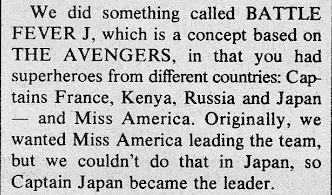 To
the bottom right: a snippet of an interview with Gene Pelc that
appeared in Comics Interview; in the article he mostly talks about
Marvel's involvement with Toei, and in this section specifically
about Battle Fever J. To
the bottom right: a snippet of an interview with Gene Pelc that
appeared in Comics Interview; in the article he mostly talks about
Marvel's involvement with Toei, and in this section specifically
about Battle Fever J.
|
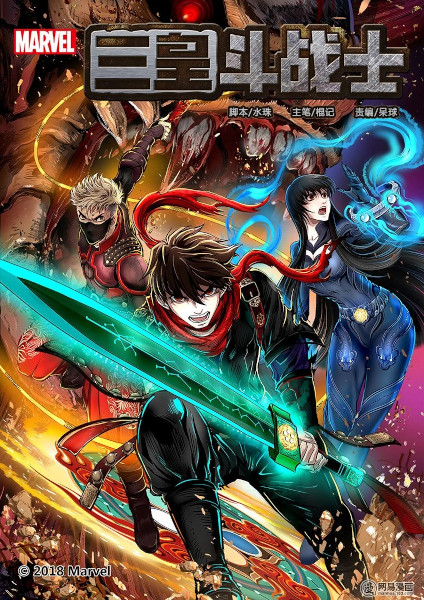 Title/issues:
Warriors of Three Sovereigns (三皇斗战士)#1-12
(May 2018-August 2019)
Title/issues:
Warriors of Three Sovereigns (三皇斗战士)#1-12
(May 2018-August 2019) Title/issues:
Title/issues:
 Title/issues:
Title/issues:
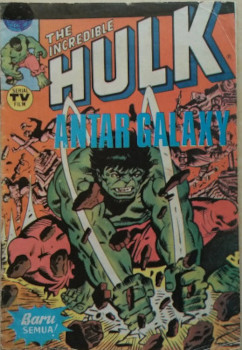
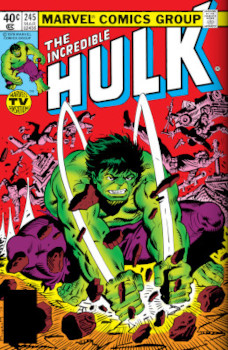
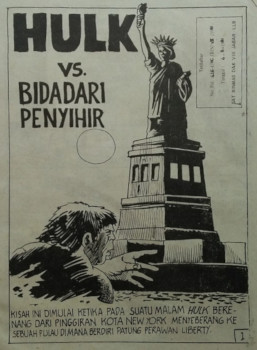
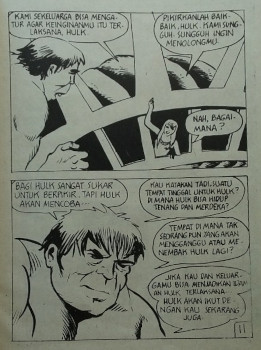
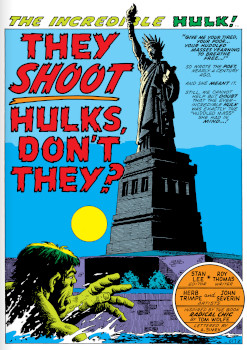
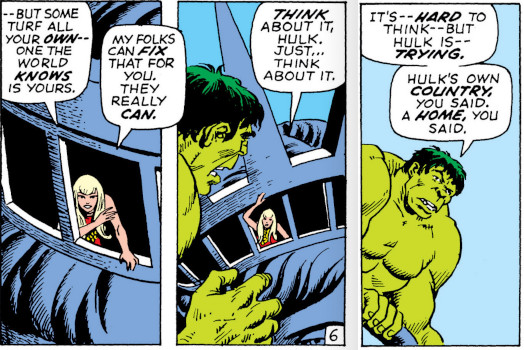
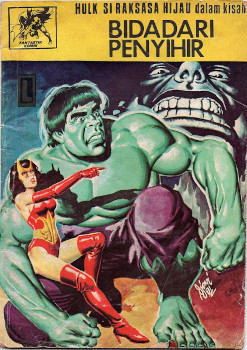
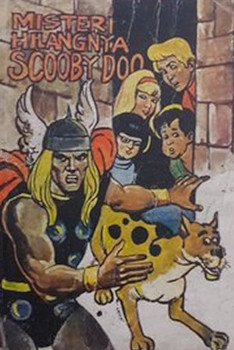
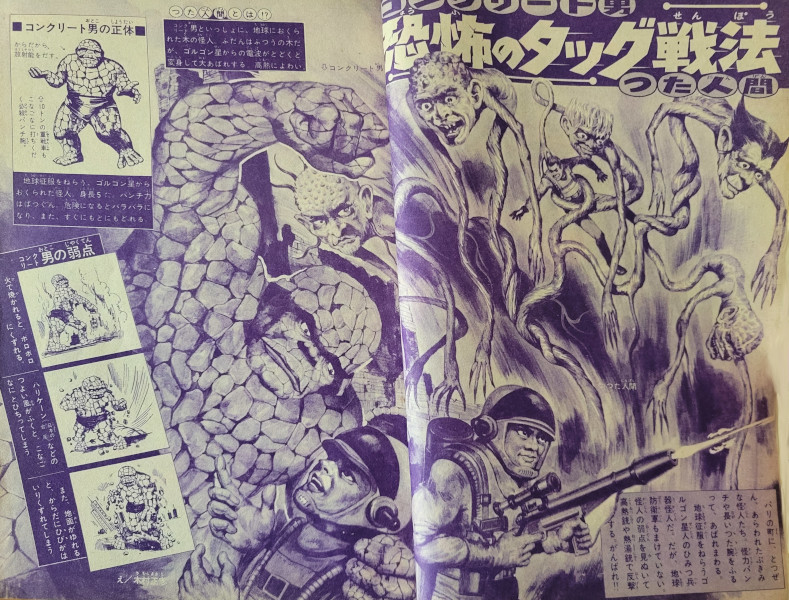 As with
many other countries, American comics made their way to Japan where they
were read by future comic (manga) creators, influencing their work.
Post-WWII, with U.S. forces stationed in Japan, Kings Features Syndicate
titles were distributed, often printed in dual languages as a way of
spreading Western culture in the formerly isolationist nation. While
Batman and Superman were regularly translated, localized, bootlegged and
licensed through those years other superheroes were largely ignored. Early
in the "Marvel era" the influence of Marvel characters could arguably be
seen in some Japanese works, but it seems that the first clear instance of
a Marvel character, or obvious rip-off thereof, wasn't until 1968. That
year Kosei Ono, a respected researcher for NHK (the Japan Broadcasting
Corporation) and authority on overseas comic (gaikoku manga) was invited
by editor Osamu Tezuka of COM, a highly regarded manga magazine, to write
a column about that topic, Introduction to Overseas Manga. With this
regular column introducing Japanese readers to American comics characters,
a five page feature about American comics was published (which I believe
was not by Ono, but may have been prompted by his column); however, the
article seems to have been produced by someone who had seen various
American comics, but didn't really understand what was happening in the
story, and filled in the blanks with their own wild ideas. Thus we got
Rock Man (or Concrete Man) versus the Human Ivy, with Rock Man apparently
being empowered by the planet Gorgon and able to fall apart and then
reassemble.
As with
many other countries, American comics made their way to Japan where they
were read by future comic (manga) creators, influencing their work.
Post-WWII, with U.S. forces stationed in Japan, Kings Features Syndicate
titles were distributed, often printed in dual languages as a way of
spreading Western culture in the formerly isolationist nation. While
Batman and Superman were regularly translated, localized, bootlegged and
licensed through those years other superheroes were largely ignored. Early
in the "Marvel era" the influence of Marvel characters could arguably be
seen in some Japanese works, but it seems that the first clear instance of
a Marvel character, or obvious rip-off thereof, wasn't until 1968. That
year Kosei Ono, a respected researcher for NHK (the Japan Broadcasting
Corporation) and authority on overseas comic (gaikoku manga) was invited
by editor Osamu Tezuka of COM, a highly regarded manga magazine, to write
a column about that topic, Introduction to Overseas Manga. With this
regular column introducing Japanese readers to American comics characters,
a five page feature about American comics was published (which I believe
was not by Ono, but may have been prompted by his column); however, the
article seems to have been produced by someone who had seen various
American comics, but didn't really understand what was happening in the
story, and filled in the blanks with their own wild ideas. Thus we got
Rock Man (or Concrete Man) versus the Human Ivy, with Rock Man apparently
being empowered by the planet Gorgon and able to fall apart and then
reassemble.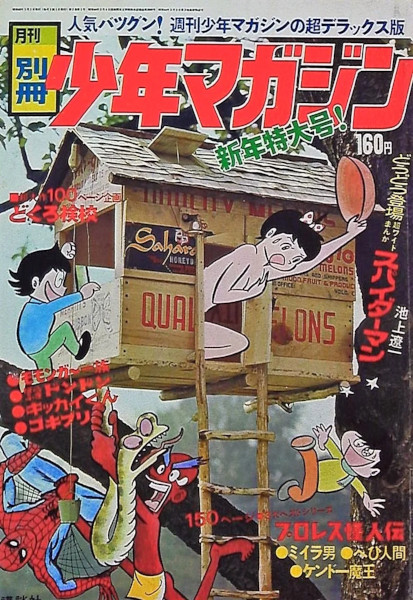
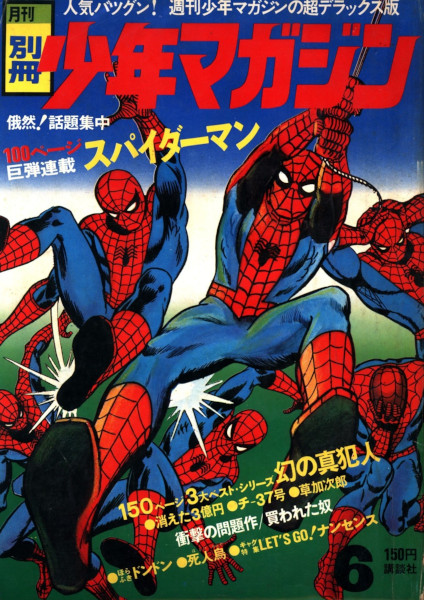 Title/issues:
Title/issues:
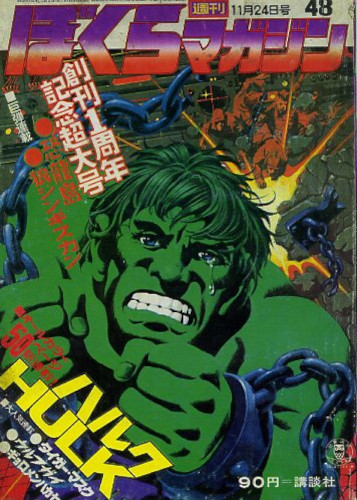 Title/issues:
Title/issues:
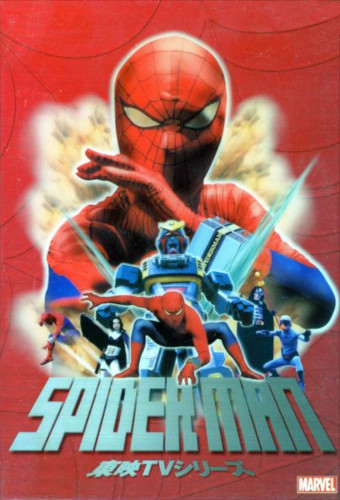 Title/issues:
Title/issues:
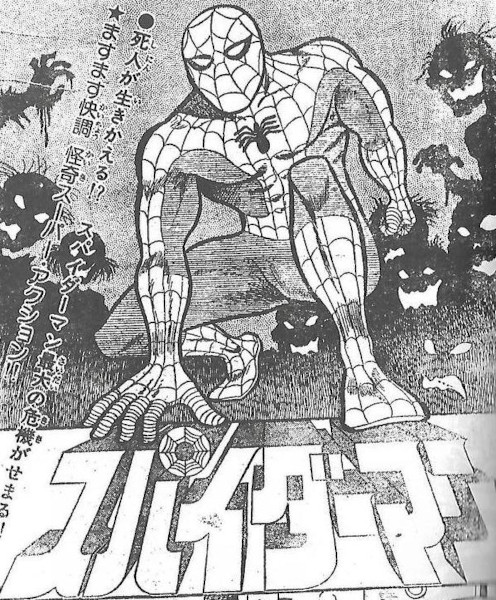 Title/issues:
Title/issues:

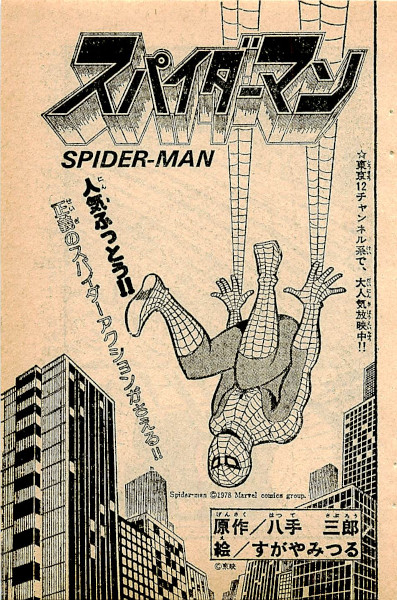 Title/issues:
Title/issues:
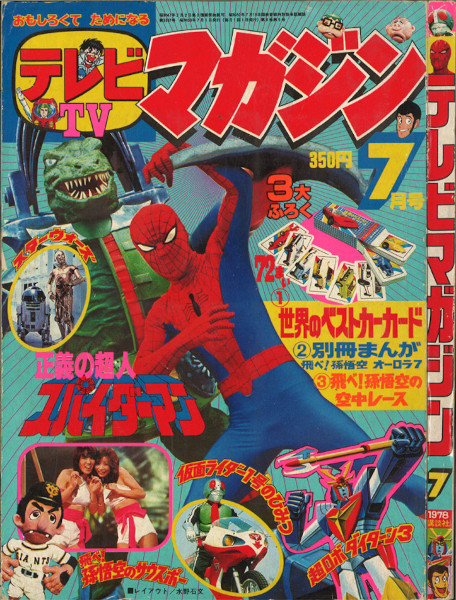
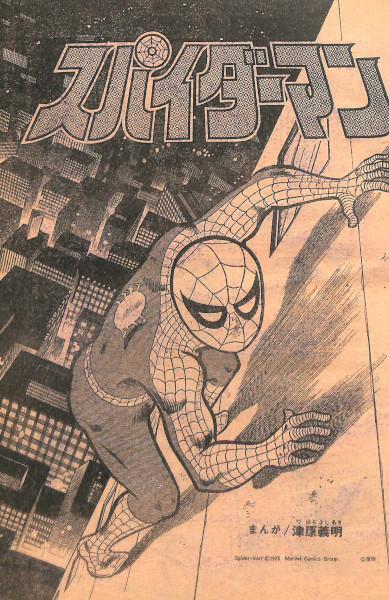 Title/issues:
Title/issues:
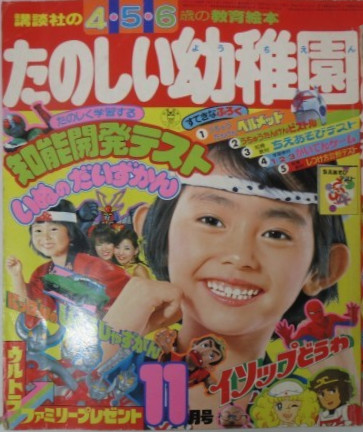
 Title/issues:
Title/issues:
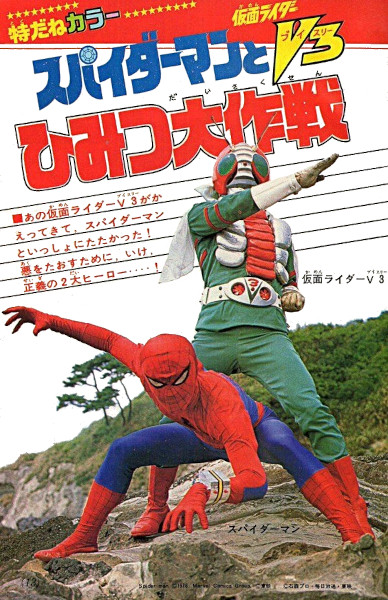
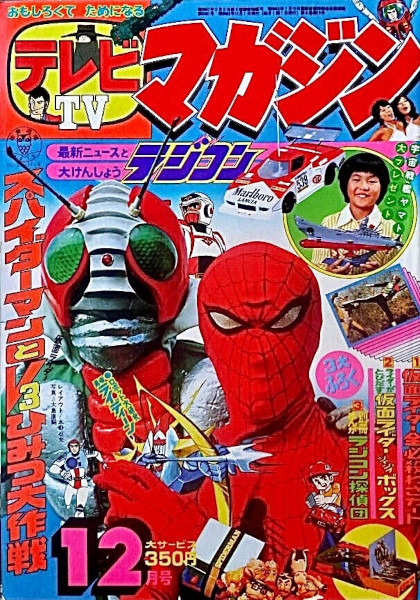 Title/issues:
Terebi Magajin#12 (December 1978); Tanoshī yōchien#1 (January
1979); Disneyland (January 1979) (see comments)
Title/issues:
Terebi Magajin#12 (December 1978); Tanoshī yōchien#1 (January
1979); Disneyland (January 1979) (see comments)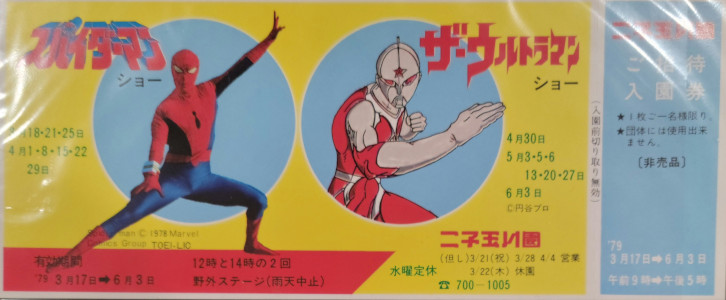 Title/issues:
Title/issues:
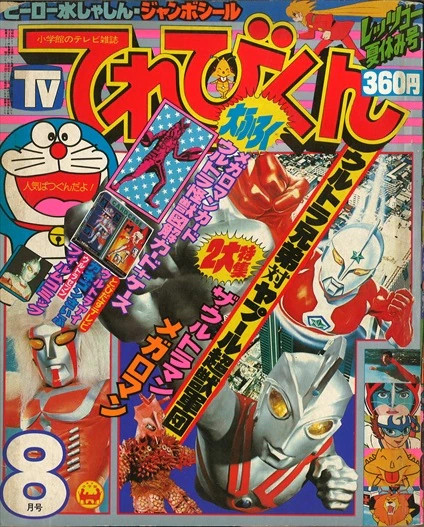 Title/issues:
Title/issues:
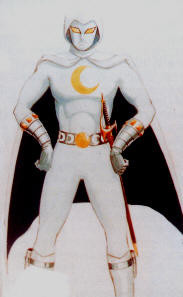 Comments:
As mentioned above, Toei's deal with Marvel also saw them working
to develop shows based on characters other than Spider-Man. Their
plan for Captain Japan, their version of Captain America, would
evolve into the Super Sentai series Battle Fever J (see below);
Silver Surfer allegedly eventually morphed into the non-Marvel
series Space Ranger Gavan (see below), while plans for 3-D Man
were completed abandoned, but Moon Knight made it a little
further. Though no TV series emerged, the development got far
enough for a manga strip, presumably intended to be a
preview/tie-in had the TV version come to fruition, and character
design drawings for the show done by Ryu Noguchi (see right).
Comments:
As mentioned above, Toei's deal with Marvel also saw them working
to develop shows based on characters other than Spider-Man. Their
plan for Captain Japan, their version of Captain America, would
evolve into the Super Sentai series Battle Fever J (see below);
Silver Surfer allegedly eventually morphed into the non-Marvel
series Space Ranger Gavan (see below), while plans for 3-D Man
were completed abandoned, but Moon Knight made it a little
further. Though no TV series emerged, the development got far
enough for a manga strip, presumably intended to be a
preview/tie-in had the TV version come to fruition, and character
design drawings for the show done by Ryu Noguchi (see right).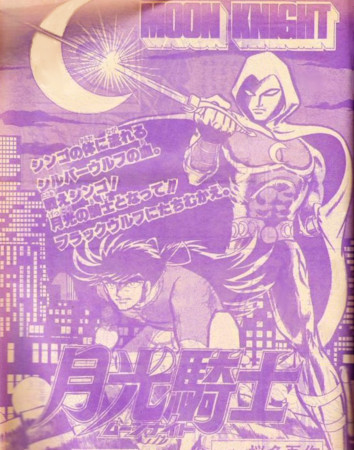
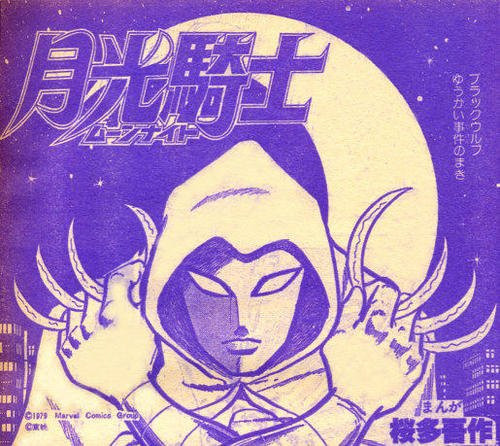 In this version of Moon Knight character, he was apparently Shingo
Tōma, a high school student and secret member of the Silver Wolf
ninja clan, who gained the powers of his clan's Sacred Wolf after
his family is murdered by the villainous rival Black Wolf clan.
Thanks to the Sacred Wolf he cannot be killed during moonlit
nights, even surviving when his body is sliced into pieces.
In this version of Moon Knight character, he was apparently Shingo
Tōma, a high school student and secret member of the Silver Wolf
ninja clan, who gained the powers of his clan's Sacred Wolf after
his family is murdered by the villainous rival Black Wolf clan.
Thanks to the Sacred Wolf he cannot be killed during moonlit
nights, even surviving when his body is sliced into pieces. 
 Title/issues:
Title/issues:
 To
the bottom right: a snippet of an interview with Gene Pelc that
appeared in Comics Interview; in the article he mostly talks about
Marvel's involvement with Toei, and in this section specifically
about Battle Fever J.
To
the bottom right: a snippet of an interview with Gene Pelc that
appeared in Comics Interview; in the article he mostly talks about
Marvel's involvement with Toei, and in this section specifically
about Battle Fever J. 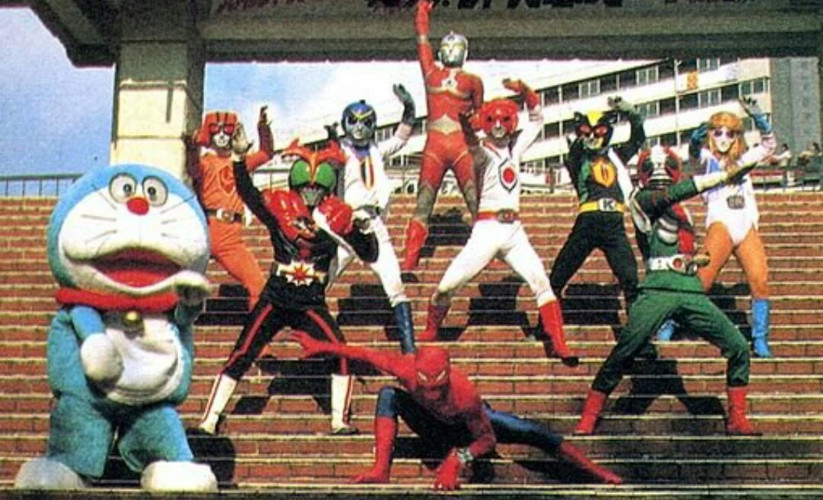 Title/issues:
"A Great Gathering of Superheroes!"
Title/issues:
"A Great Gathering of Superheroes!" 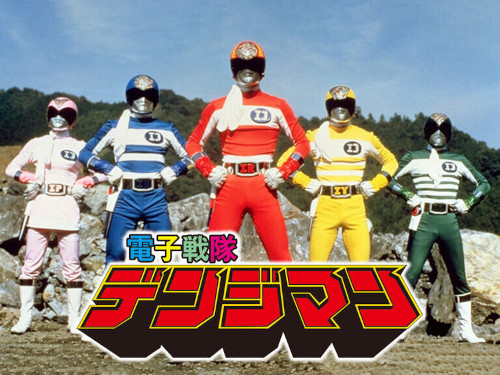
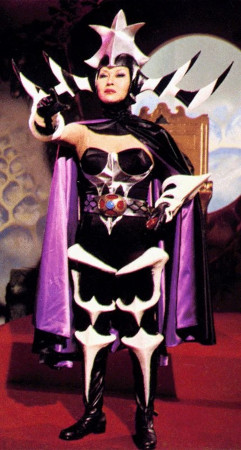 Title/issues:
Title/issues:
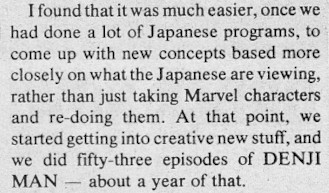
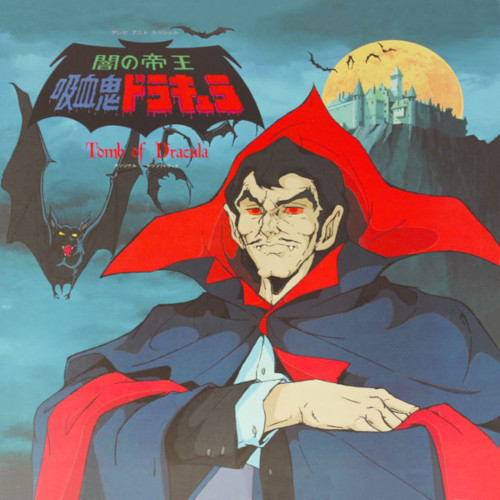 Title/issues:
Title/issues:

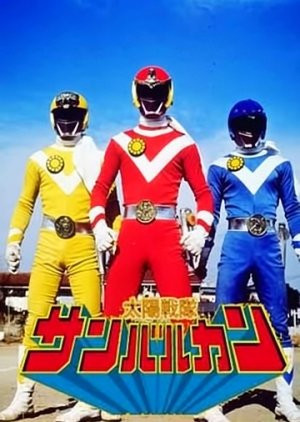
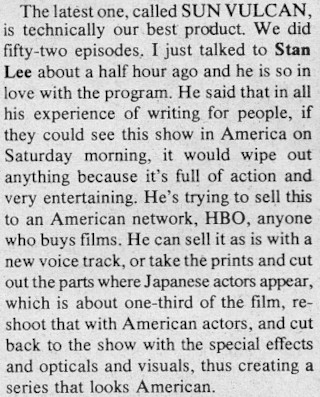 Title/issues:
Title/issues:
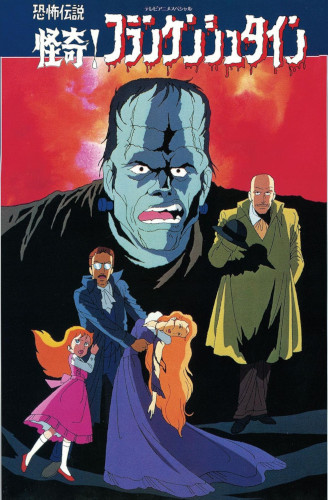 Title/issues:
Title/issues:
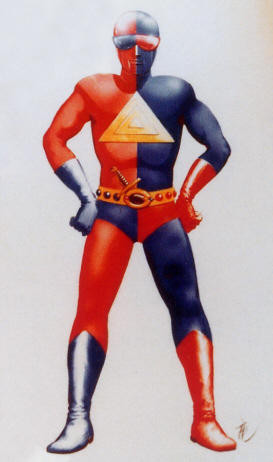
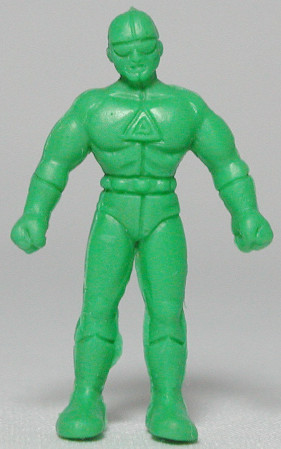 So
what about
So
what about 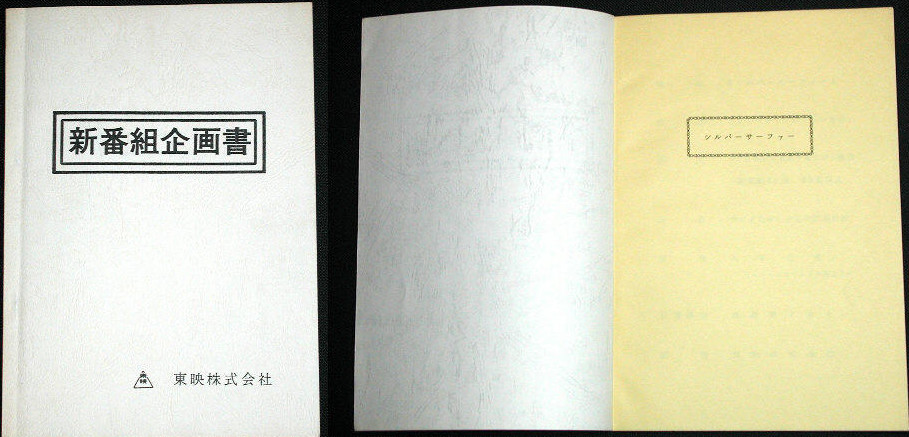
 The show was intended to be a thirty minutes long, with a minimum
of 26 episodes, and Saburo Yate had developed the story based on
the Marvel version, but with some significant changes. The premise
was that the Space Emperor Galactus and his armies, the Galactus
Legion, were conquering their way across the universe, and the
Surfer, once an unwilling recruit into that army, had fled to the
next target, Earth, to protect it. There he recruits two allies,
Ms. Marvel and the Thing, with all three working for the Japanese
branch of the Independent Strategy Office. Through the run of the
show Marvel characters, as well as original Japanese ones, were to
be gradually introduced.
The show was intended to be a thirty minutes long, with a minimum
of 26 episodes, and Saburo Yate had developed the story based on
the Marvel version, but with some significant changes. The premise
was that the Space Emperor Galactus and his armies, the Galactus
Legion, were conquering their way across the universe, and the
Surfer, once an unwilling recruit into that army, had fled to the
next target, Earth, to protect it. There he recruits two allies,
Ms. Marvel and the Thing, with all three working for the Japanese
branch of the Independent Strategy Office. Through the run of the
show Marvel characters, as well as original Japanese ones, were to
be gradually introduced.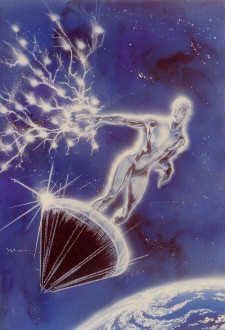 Shibuki Koshi was a human-alien hybrid from Zen-La. Captured when
Galactus' forces invaded and destroyed his homeworld he was
converted by the Psychic Strategy Development Section into a space
combat soldier, but then escaped to his late mother's home planet,
Earth, riding his surfboard, which was named Skyboard.
Shibuki Koshi was a human-alien hybrid from Zen-La. Captured when
Galactus' forces invaded and destroyed his homeworld he was
converted by the Psychic Strategy Development Section into a space
combat soldier, but then escaped to his late mother's home planet,
Earth, riding his surfboard, which was named Skyboard.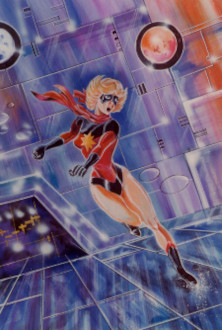 Masumi Suzuka was a college student working part time at a coffee
shop frequented by Shibuki. A member of the wealthy Suzuja family,
she had from birth been physically superior to most other humans,
possessing precognitive and clairvoyant abilities.
Masumi Suzuka was a college student working part time at a coffee
shop frequented by Shibuki. A member of the wealthy Suzuja family,
she had from birth been physically superior to most other humans,
possessing precognitive and clairvoyant abilities.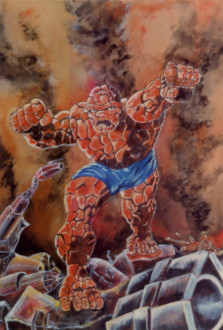 Gen
Ishihara was a truck diver who frequented Masumi's coffee shop.
While investigating an incident involving some of Galactus' forces
he had been caught in an explosion that bathed him in strange
energies, as well as a "monster ray," transforming him into a
superhuman creature of immense strength.
Gen
Ishihara was a truck diver who frequented Masumi's coffee shop.
While investigating an incident involving some of Galactus' forces
he had been caught in an explosion that bathed him in strange
energies, as well as a "monster ray," transforming him into a
superhuman creature of immense strength.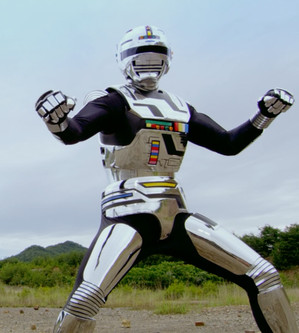

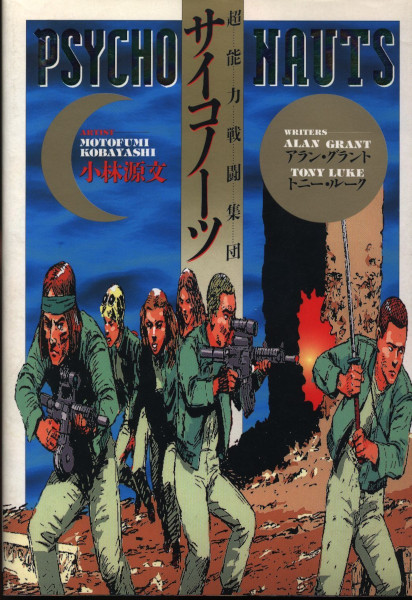 Title/issues:
Title/issues:
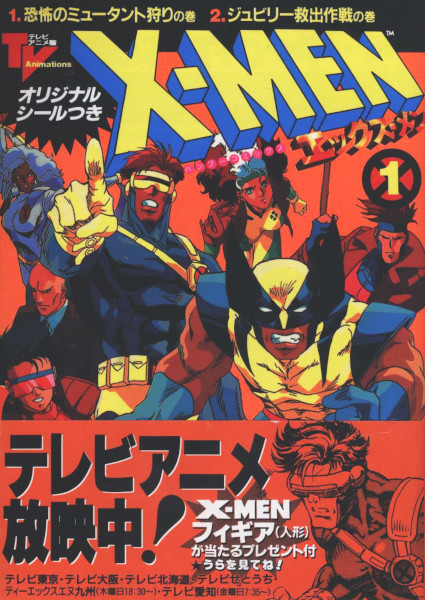
 Title/issues:
Title/issues:
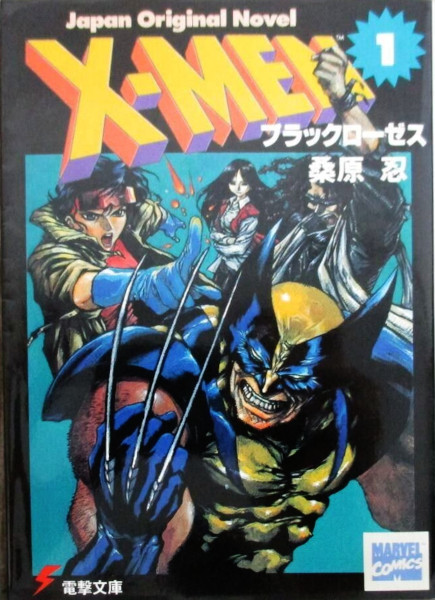
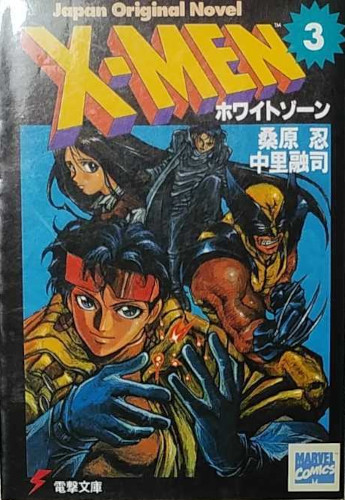
 Title/issues:
Title/issues: 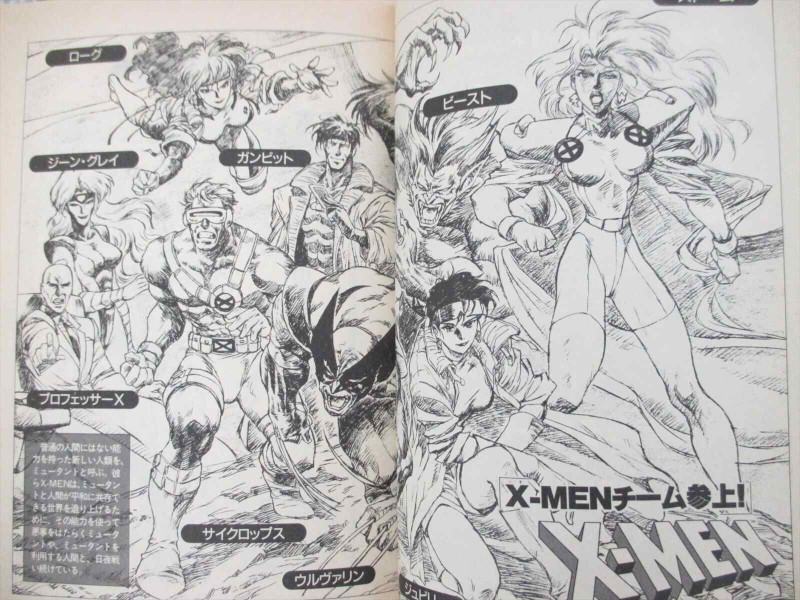

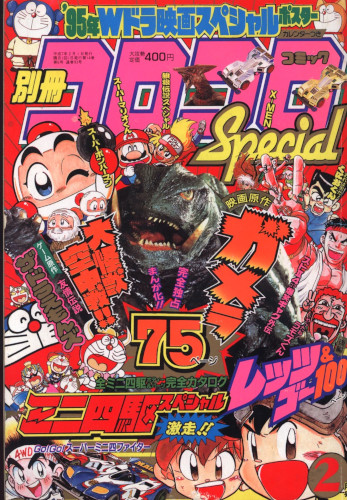
 Title/issues:
Title/issues:
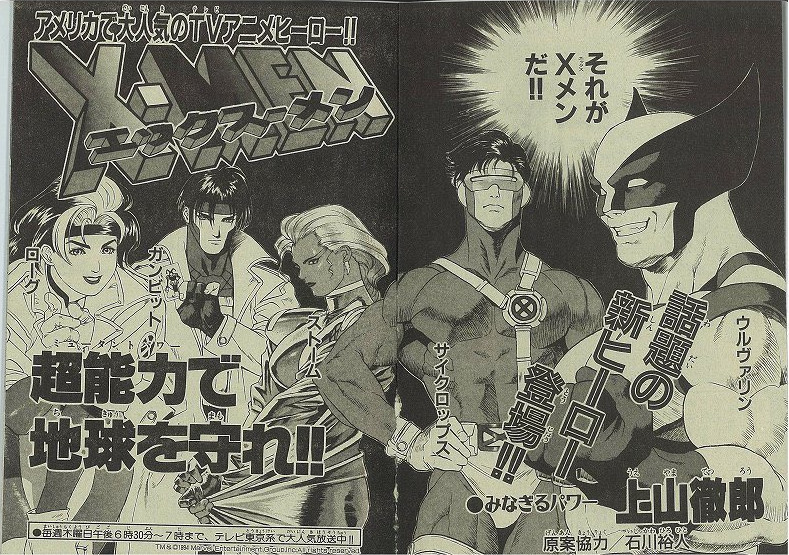
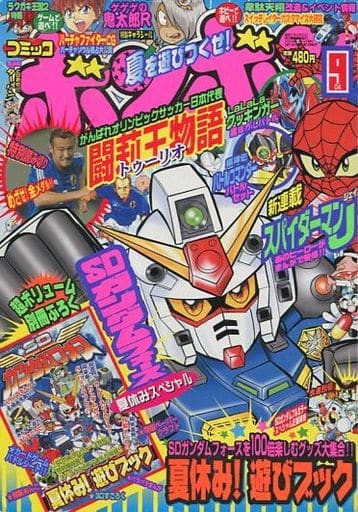
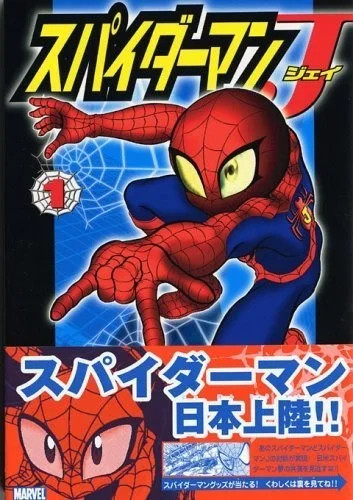 Title/issues:
Title/issues:

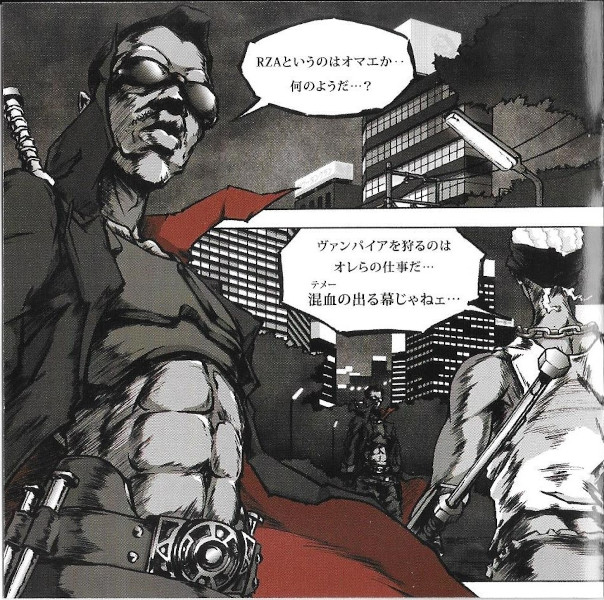 Title/issues:
Title/issues:
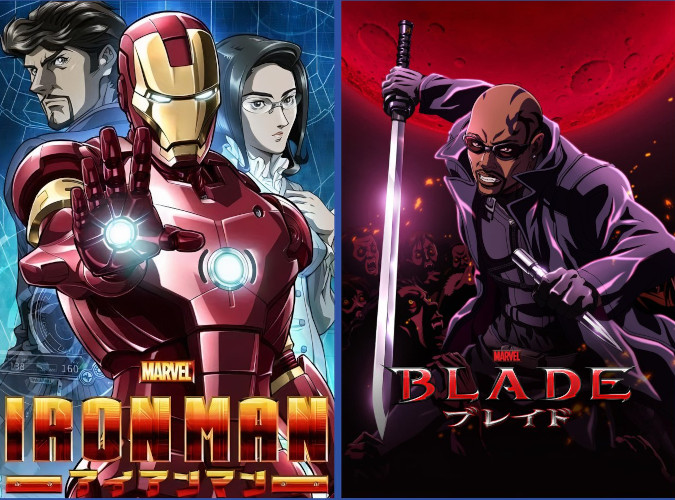
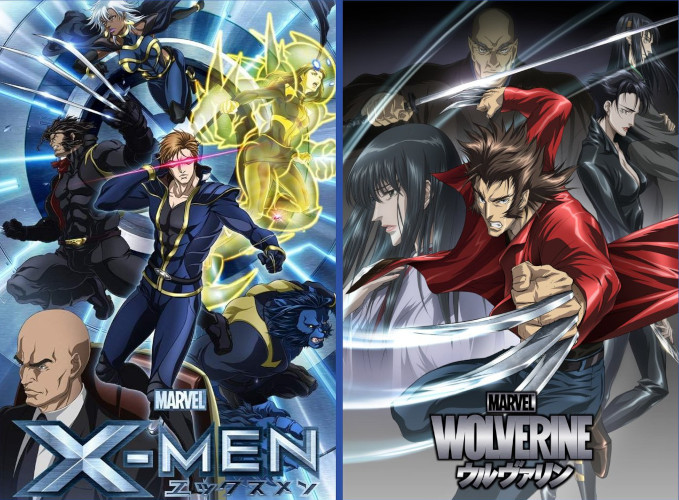 Title/issues:
Title/issues:
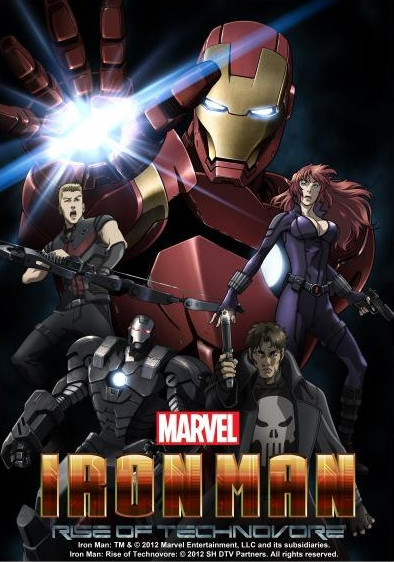 Title/issues:
Title/issues:
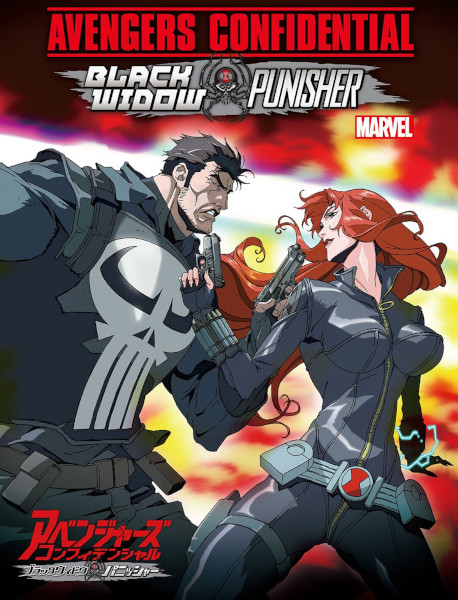 Title/issues:
Title/issues:
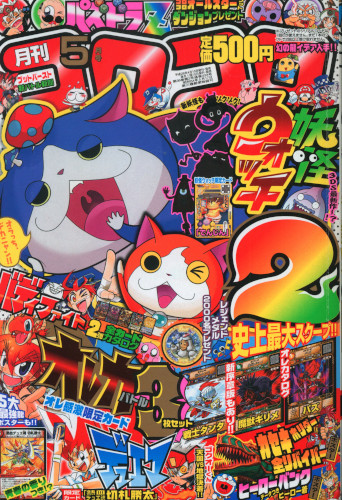
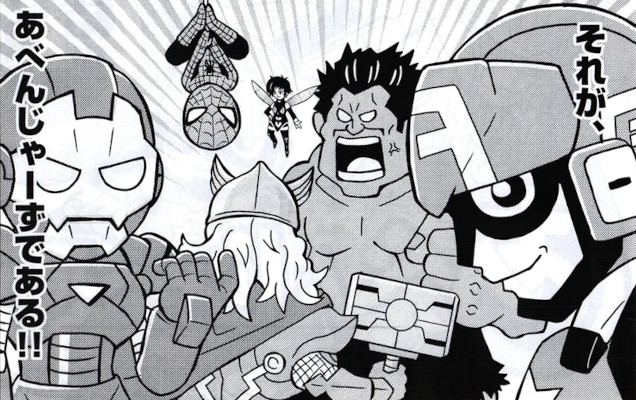 Title/issues:
Title/issues:


 Title/issues:
Title/issues:

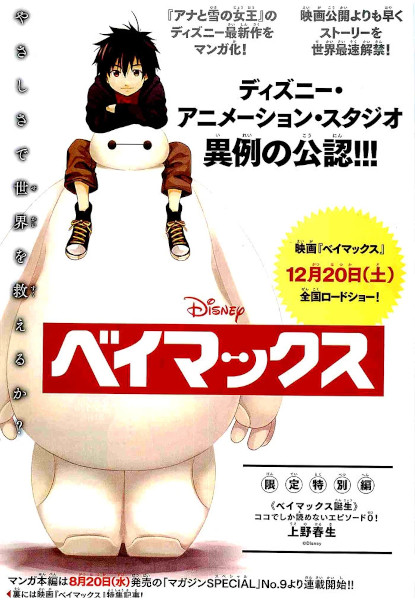 Title/issues:
Title/issues:
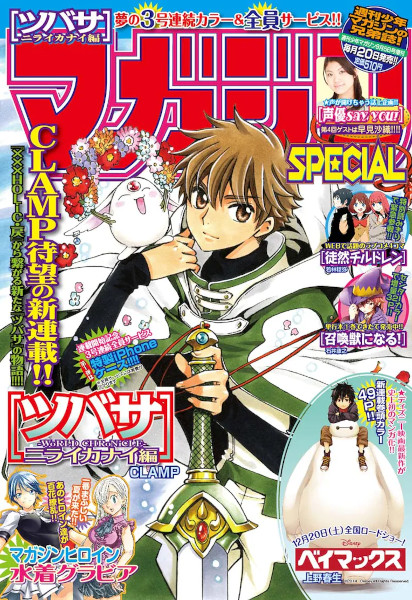
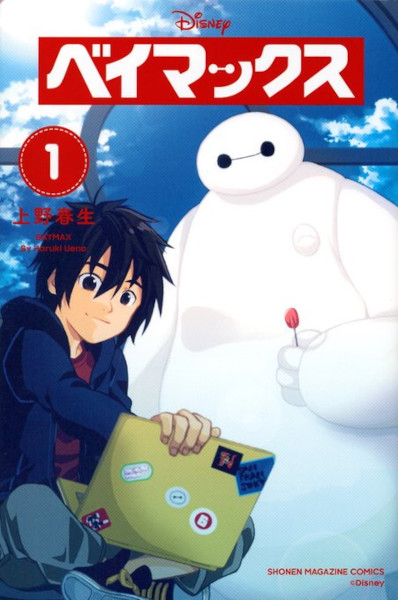 Title/issues:
Title/issues:
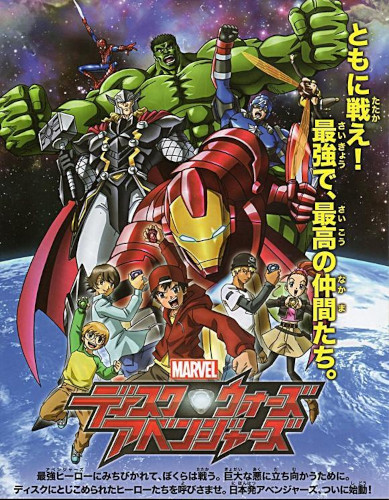 Title/issues:
Title/issues:

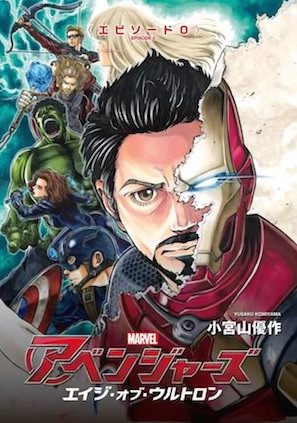 Title/issues:
Title/issues:
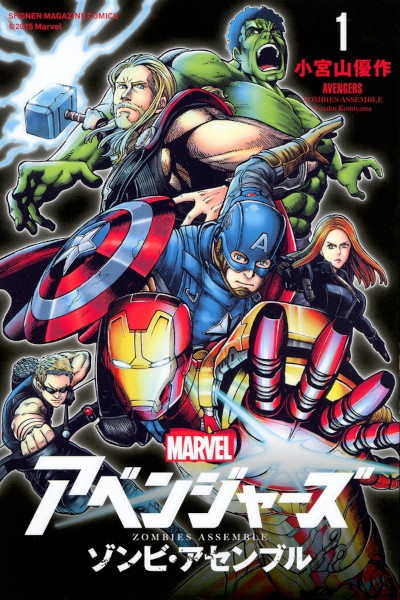 Title/issues:
Title/issues:
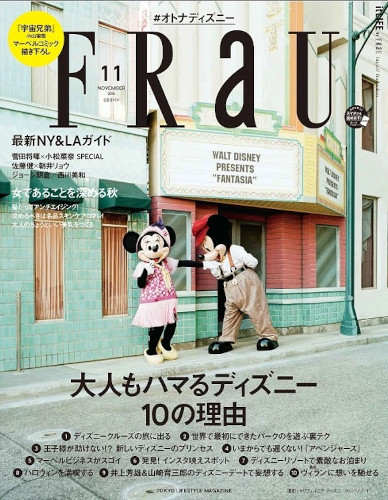 Title/issues:
Title/issues:
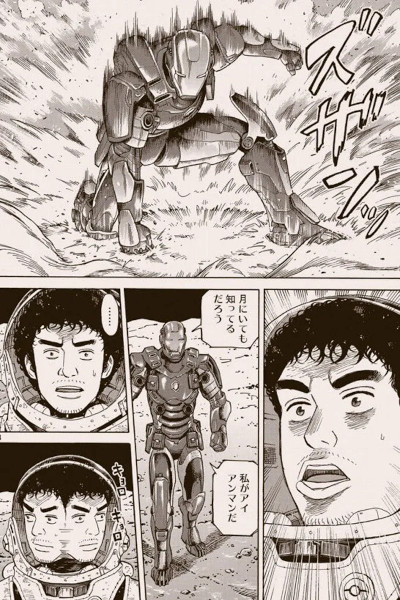
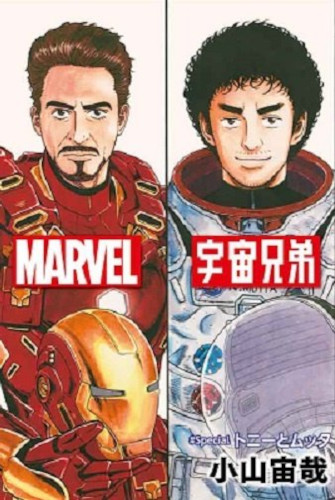
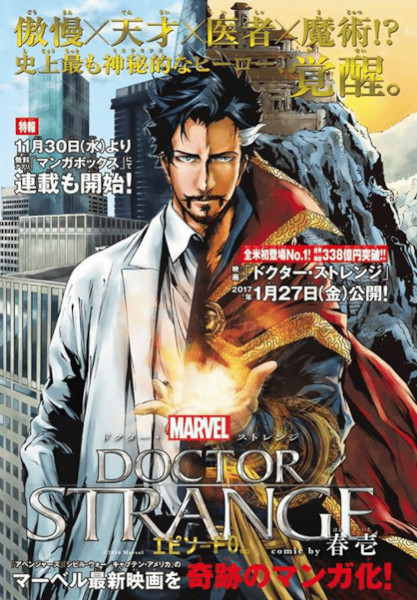
 Title/issues:
Title/issues:
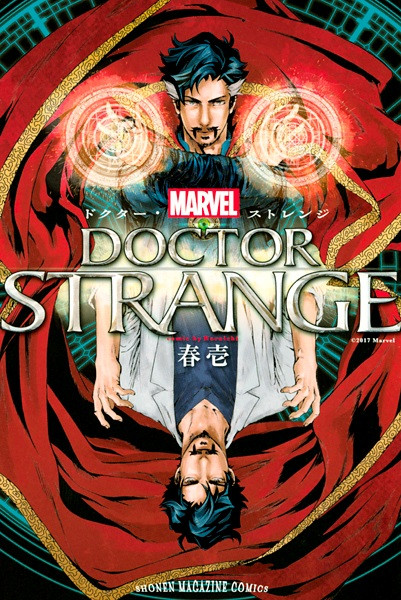 Title/issues:
Title/issues:
 At
the end of 2016 Kodansha and Marvel teamed up to create the
Magazine "Marvel" Manga Award, a competition open to both new and
established manga artists to come up with new stories using Marvel
superheroes from one of four properties: Iron Man, Captain
America, Spider-Man or Guardians of the Galaxy. The judges were
manga artist and Fairy Tail creator Hiro Mashima, Marvel Senior
Vice President of Creative & Creator Development C.B.
Cebulski, Marvel Chief Creative Officer Joe Quesada, and Marvel
Editor-in-Chief Axel Alonso. The contest closed on 28th February
2017, with the winners announced in mid-May 2017 in an issue of
Kodansha's Weekly Shōnen Magazine. The grand prize winner was to
win 3 million yen (approximately $28,700.00 US) and have their
manga published, with runner-up prizes of 500,000 yen and 100,000
yen.
At
the end of 2016 Kodansha and Marvel teamed up to create the
Magazine "Marvel" Manga Award, a competition open to both new and
established manga artists to come up with new stories using Marvel
superheroes from one of four properties: Iron Man, Captain
America, Spider-Man or Guardians of the Galaxy. The judges were
manga artist and Fairy Tail creator Hiro Mashima, Marvel Senior
Vice President of Creative & Creator Development C.B.
Cebulski, Marvel Chief Creative Officer Joe Quesada, and Marvel
Editor-in-Chief Axel Alonso. The contest closed on 28th February
2017, with the winners announced in mid-May 2017 in an issue of
Kodansha's Weekly Shōnen Magazine. The grand prize winner was to
win 3 million yen (approximately $28,700.00 US) and have their
manga published, with runner-up prizes of 500,000 yen and 100,000
yen. 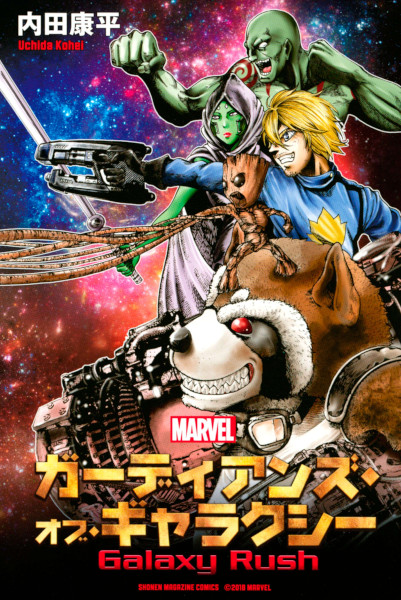 Title/issues:
Title/issues: 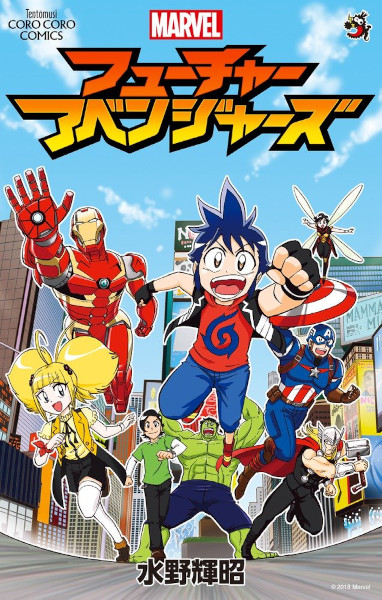
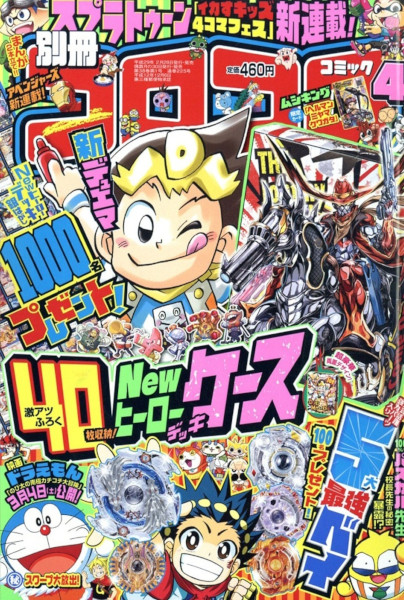 Title/issues:
Title/issues:
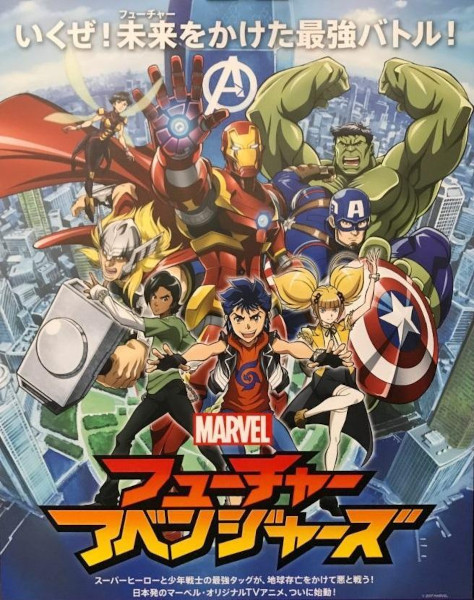 Title/issues:
Title/issues:
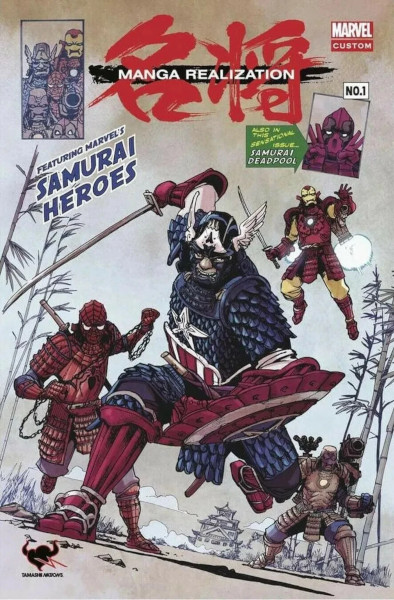 Title/issues:
Title/issues:
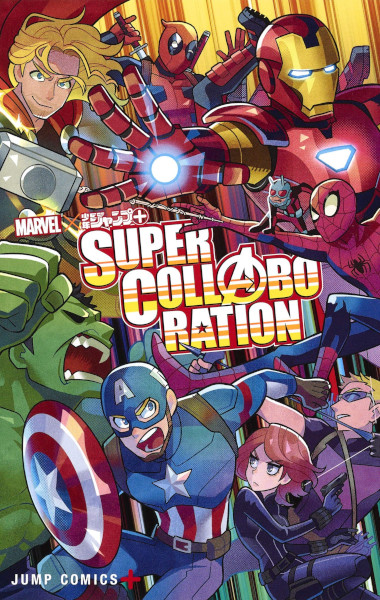 Title/issues:
Title/issues:
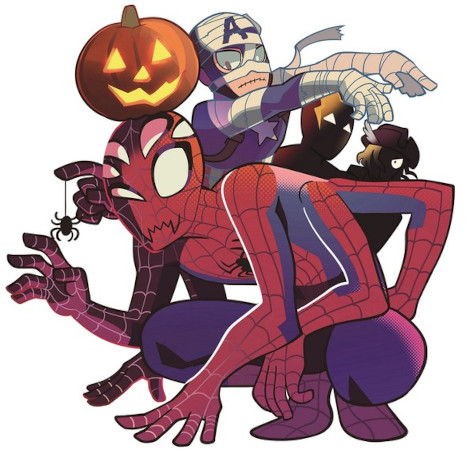 Summary:
To follow.
Summary:
To follow.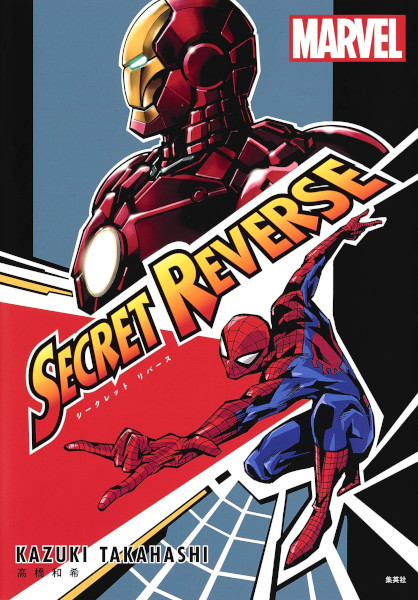 Title/issues:
Title/issues:
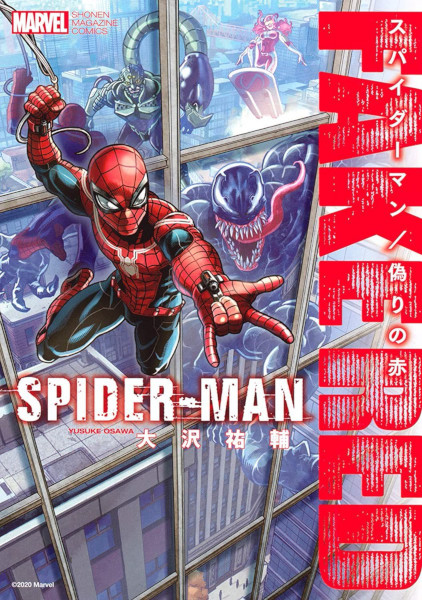 Title/issues:
Title/issues:
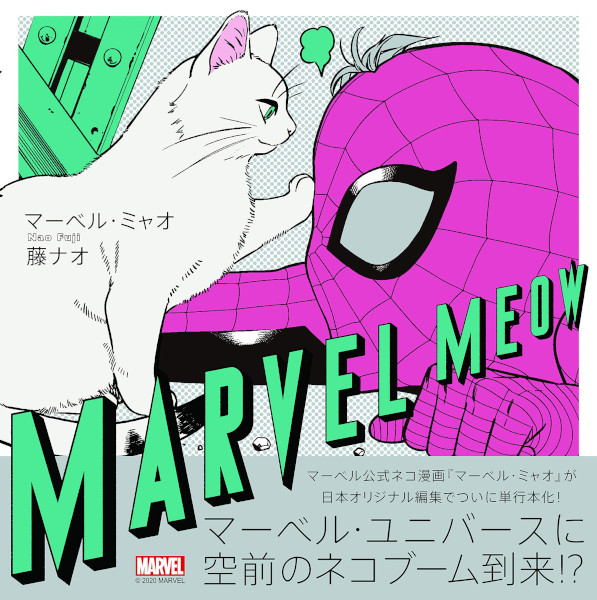 Title/issues:
Title/issues:
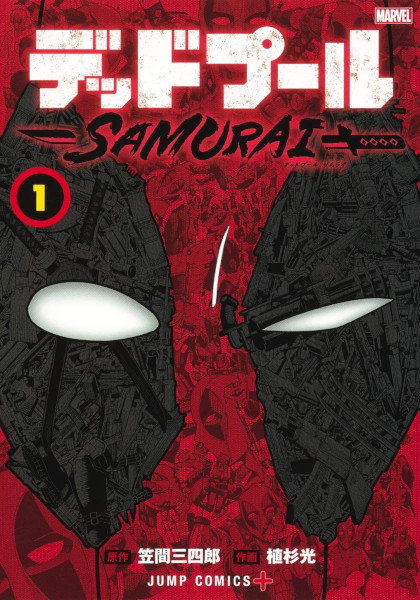 Title/issues:
Title/issues:
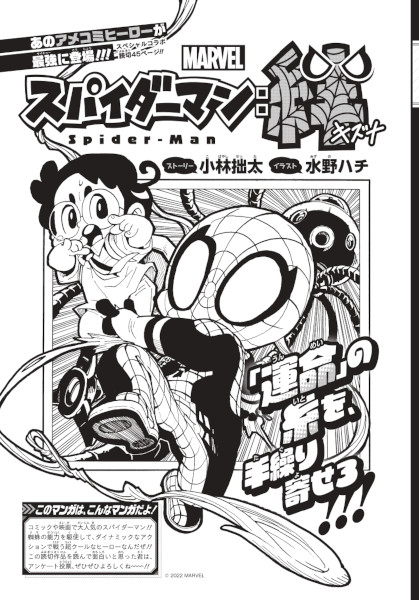
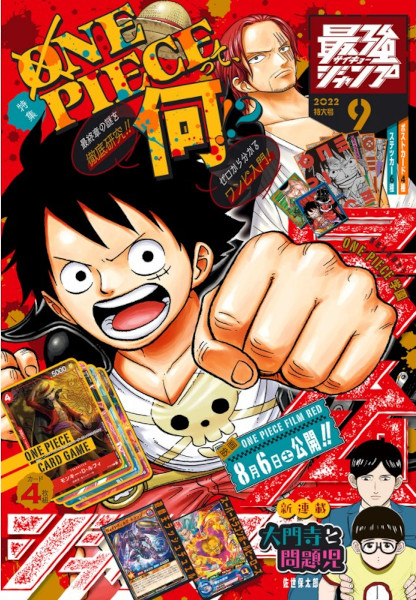 Title/issues:
Title/issues:
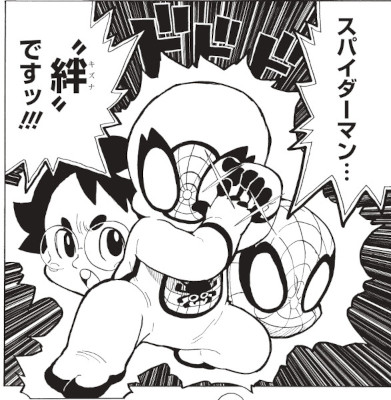
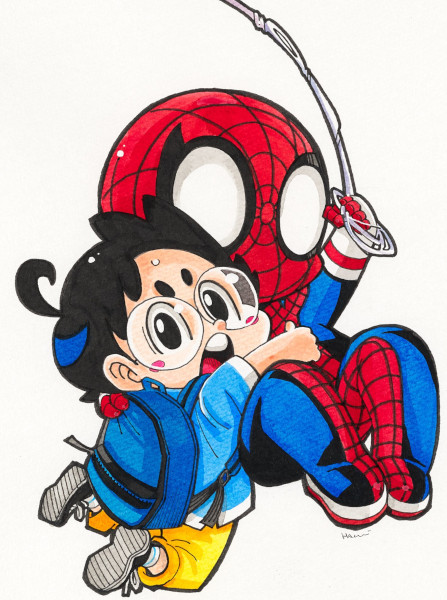

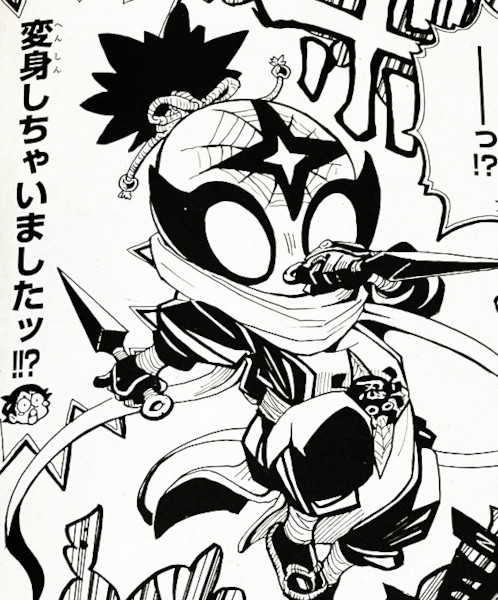
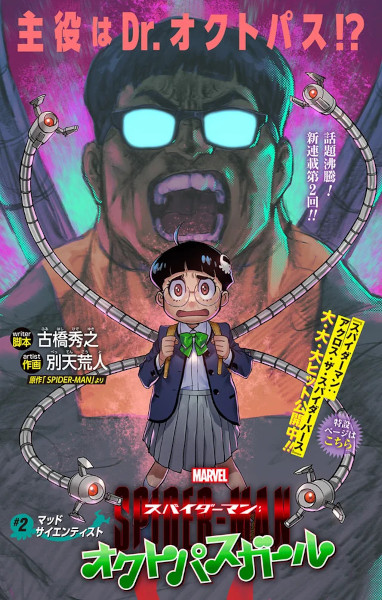
 Title/issues:
Title/issues:
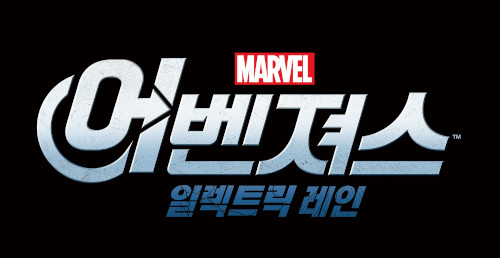 Title/issues:
Title/issues:
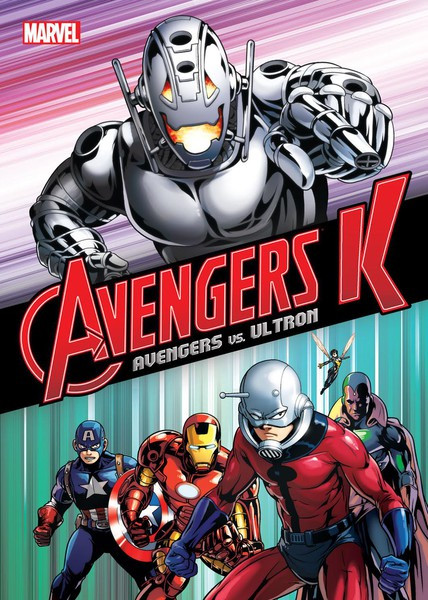 Title/issues:
Title/issues: